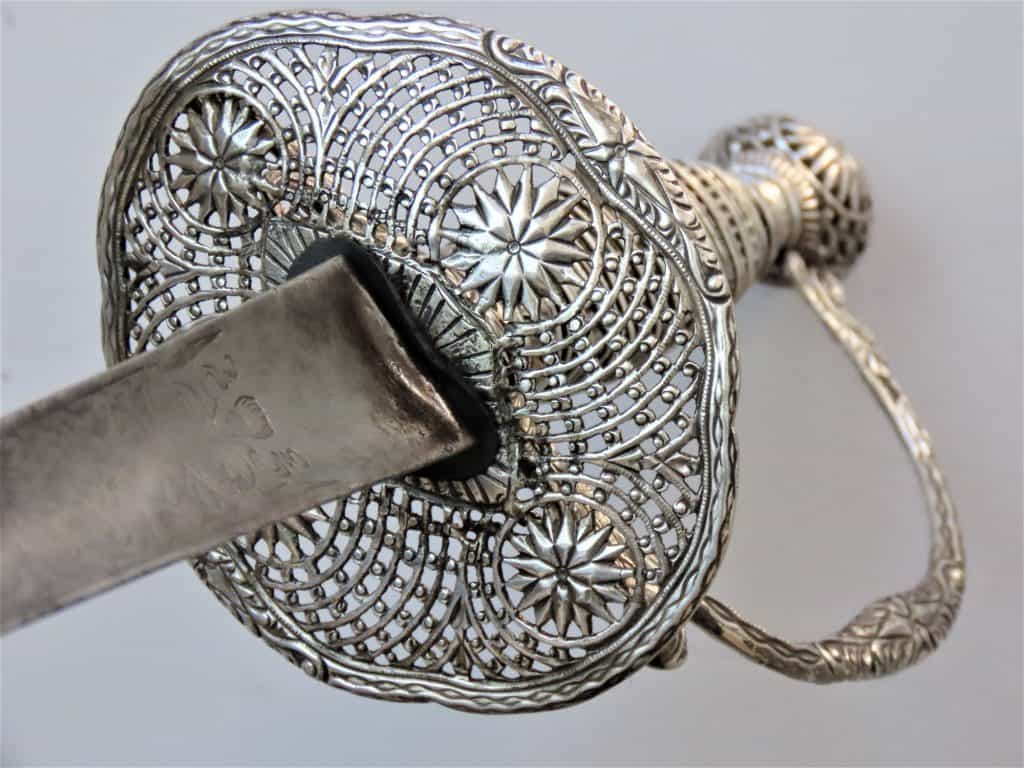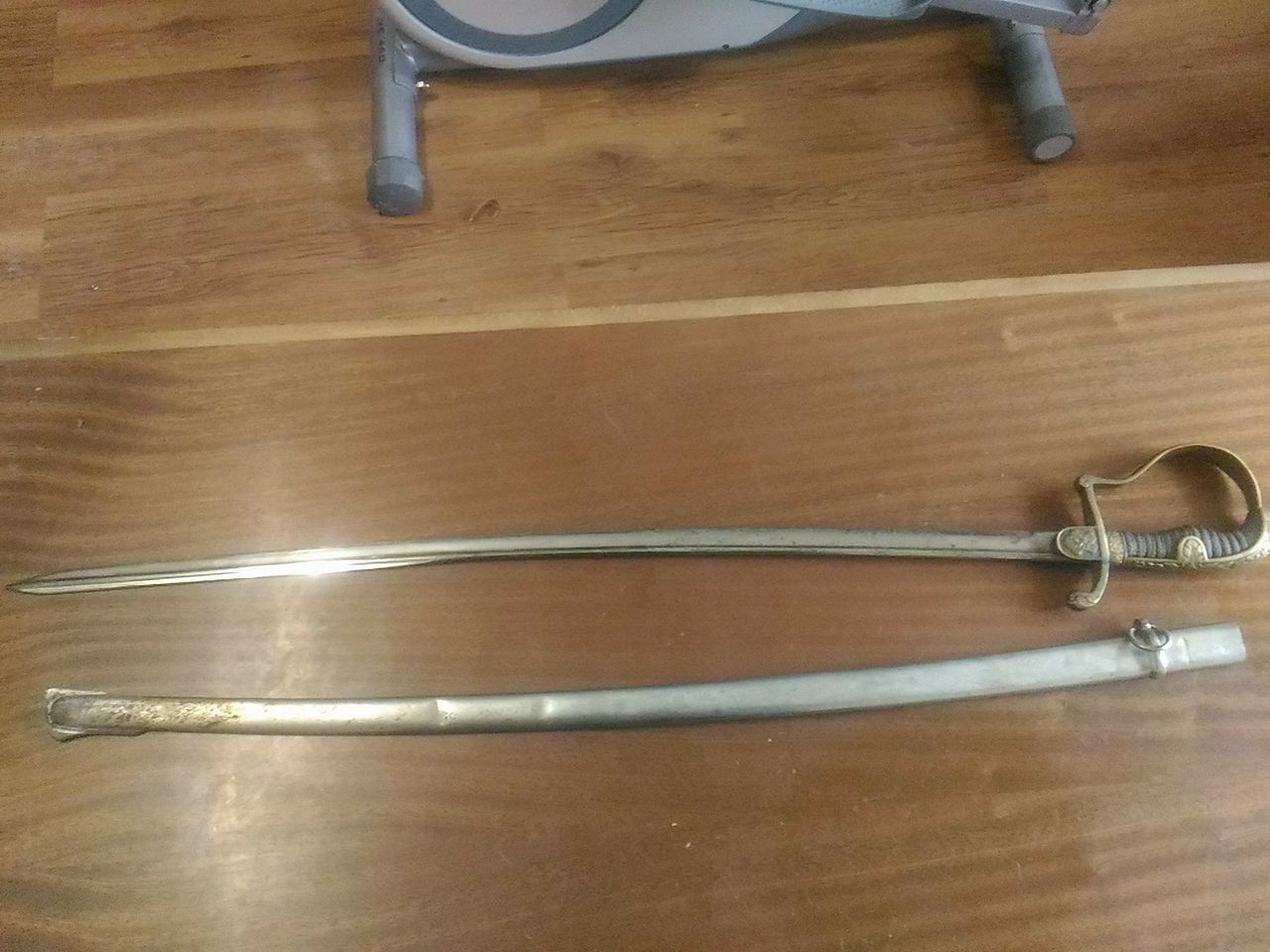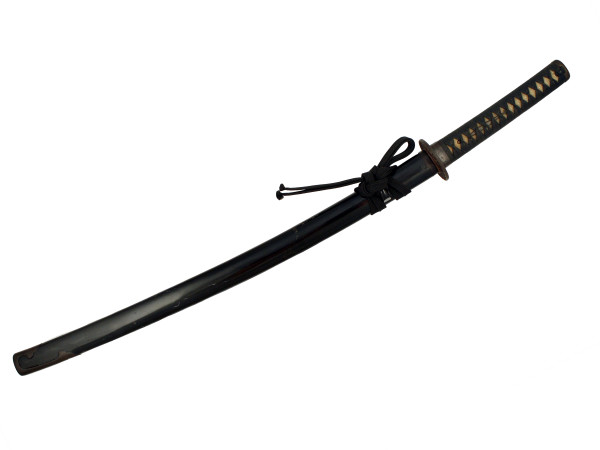For Sale
The following items are listed by for sale by users of the site and dealers. They are in no way endorsed or guaranteed by www.antiquearmsresearch.com
Add a Classified ItemYou can also receive regular email notifcations when items match your keywords. To recieve them just register or logon at the top right of this page.
- Nation : British
- Local Price : £1480
- Nation : Japanese
- Local Price : £1,475.00
- Nation : Japanese
- Local Price : £1,475.00
- Nation : Spanish
- Local Price : $2,800.00 CAD
- Nation : German
- Local Price : $2800.00 CAD
- Nation : Bulgarian
- Local Price : € 2000.00
- Nation : British
- Local Price : £1,450.00









